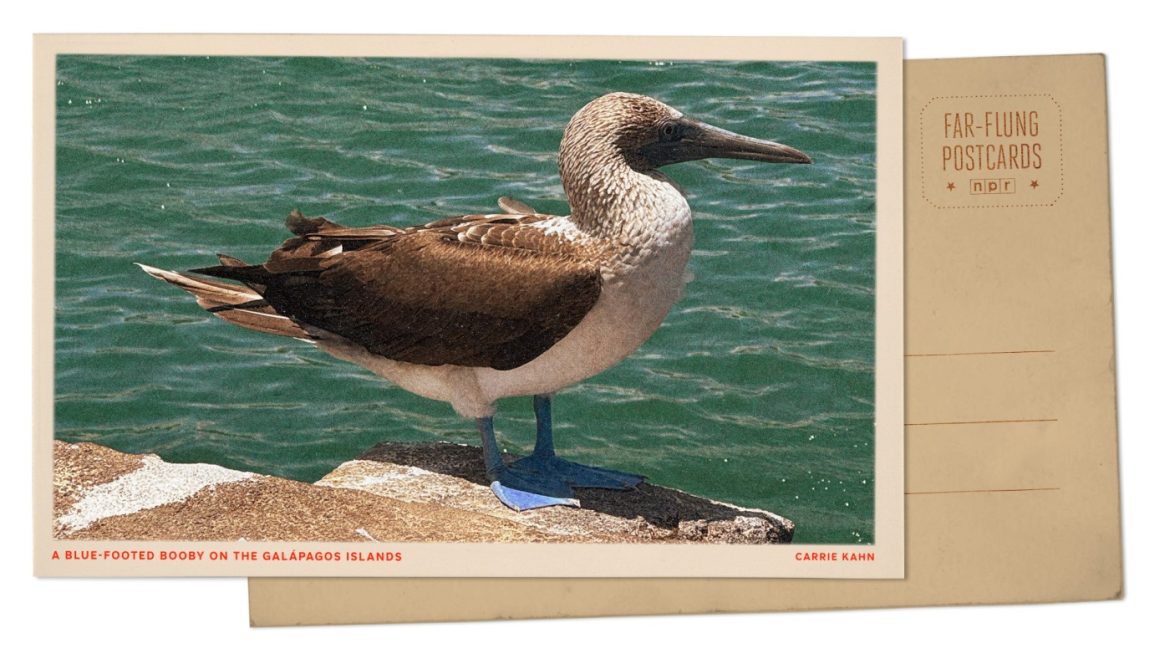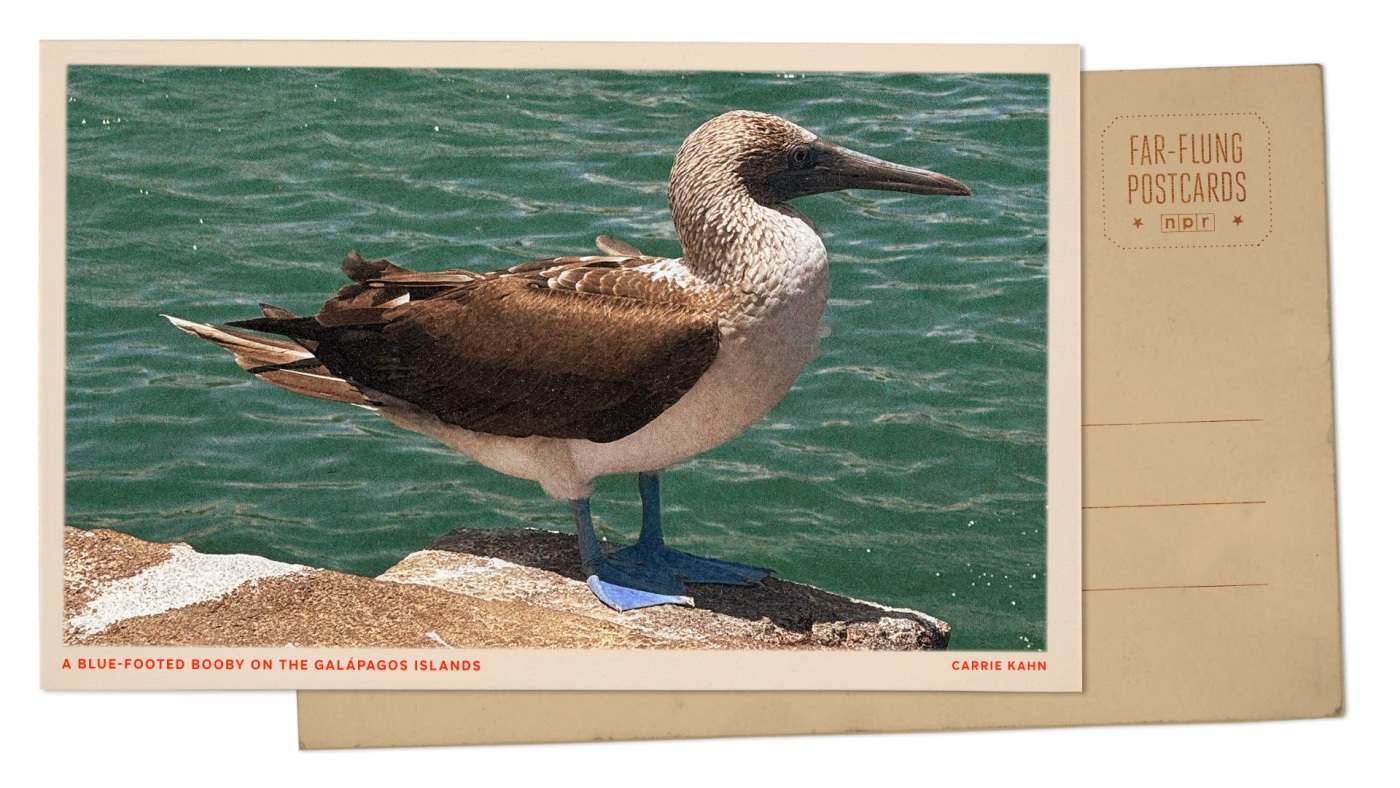The Blue-footed Booby: Nature’s Vibrant Icon of the Galápagos Islands
The Galápagos Islands, a living laboratory of evolution and biodiversity, boast a dazzling array of unique wildlife, among which the blue-footed booby (Sula nebouxii) stands out as an emblematic and enchanting species. Celebrated for its unmistakable bright blue feet and its quirky mating rituals, this seabird offers a vivid glimpse into nature’s artistry and evolutionary ingenuity. The following comprehensive analysis unpacks the biology, ecology, behavior, and cultural significance of the blue-footed booby, illustrating why it continues to fascinate scientists, tourists, and conservationists alike.
Biological Identity and Distinctive Features
The blue-footed booby belongs to the genus Sula, comprising six species of boobies, all marine birds native to subtropical and tropical regions of the eastern Pacific Ocean. Of these, the blue-footed booby is particularly prominent around the Galápagos Islands, where it has adapted seamlessly to its insular environment.
Physically, the species measures approximately 76 to 84 centimeters (about 32 to 34 inches) in length, with a wingspan reaching nearly 5 feet. Individuals weigh around 1.5 kilograms (3.25 pounds). Its most striking feature, the vivid blue feet, sets it apart from related species. These feet are not merely for show but serve a critical role in social and reproductive behavior. The intensity of the blue coloration is directly tied to diet and health: pigments derived from their consumption of fresh fish—especially sardines and anchovies—accumulate in their tissues, with brighter blue feet signaling better nourishment.
Ecological Niche and Behavior
Living predominantly in flocks, blue-footed boobies exhibit a life expectancy of roughly 17 years in the wild. Their geographical range covers the eastern Pacific, particularly the Galápagos Islands, a hotspot due to the birds’ accessibility and the absence of significant predators. This lack of natural threats has enabled them to evolve bold social behaviors that are easily observed and studied.
Feeding involves remarkable dive-bombing techniques into the ocean to catch fish. They rely heavily on underwater hunting skills, with nostrils adapted to close during dives to prevent water intake—critical, given the risks of breathing underwater while fishing. This hunting prowess is intricately linked to their health and, consequently, to the vibrant coloration of their feet.
Courtship and Mating Rituals: A Dance of Commitment
Perhaps the most captivating spectacle involving blue-footed boobies is their elaborate mating dance. Males flaunt their cerulean feet by high-stepping and lifting them to attract potential mates. The bluer the feet, the more attractive the male, as females tend to select partners displaying the brightest coloration, which is considered an indicator of genetic fitness and overall health.
The mating display also includes the male strutting past a female, accompanied by neck craning and vocalizations, followed by joint flights and repeated foot-showing upon landing. This ritual is not only a test of physical condition but a visually engaging courtship dance that has intrigued observers.
Conservation and Cultural Impact
The blue-footed booby is often described as the unofficial mascot of the Galápagos Islands, embodying both the allure and uniqueness of the region’s wildlife. Due to their accessibility and boldness, these birds provide valuable opportunities for scientific research, allowing for detailed studies on sexual selection, mate quality indicators, and ecological adaptation.
The species’ role in tourism is significant; visitors to the islands eagerly anticipate encounters with these striking birds, often ranking such experiences as highlights of their trips. Media coverage, including regular photographic features and reports from international correspondents, underscores the bird’s fascination and iconic status.
While not currently endangered, ongoing monitoring of their habitat is essential, given the delicate balance of island ecosystems and the potential impacts of fishing, climate change, and human activity. Conservation organizations recognize the blue-footed booby as an important species for maintaining ecological integrity and promoting awareness of biodiversity conservation.
Comparative Insights: The Booby Family Palette
Within the Galápagos, the blue-footed booby shares its habitat with related species such as the red-footed booby (Sula sula websteri) and the Nazca or masked booby (Sula granti). Each species exhibits different morphological and behavioral traits—the red-footed booby is named for its reddish feet and pastel-beaked appearance, while the Nazca booby features a striking white body and black facial markings.
These species collectively enrich the avian diversity of the islands and offer comparative opportunities to study evolutionary divergence, adaptation, and species interactions in an isolated environment.
Conclusion: A Living Symbol of Natural Elegance and Evolutionary Wonder
The blue-footed booby epitomizes the magic and complexity of the Galápagos Islands’ natural heritage. Its dazzling feet, quirky courtship dances, and adaptive marine lifestyle capture imagination and scientific interest alike. More than a charismatic bird, it stands as a vibrant symbol of how evolutionary pressures shape life in extraordinary ways, enhancing the islands’ status as a cradle of biodiversity.
Through continued research, conservation, and respectful tourism, the blue-footed booby will remain an enduring ambassador for wildlife appreciation and the intricate connections binding life, environment, and culture in one of the world’s most treasured ecosystems.


